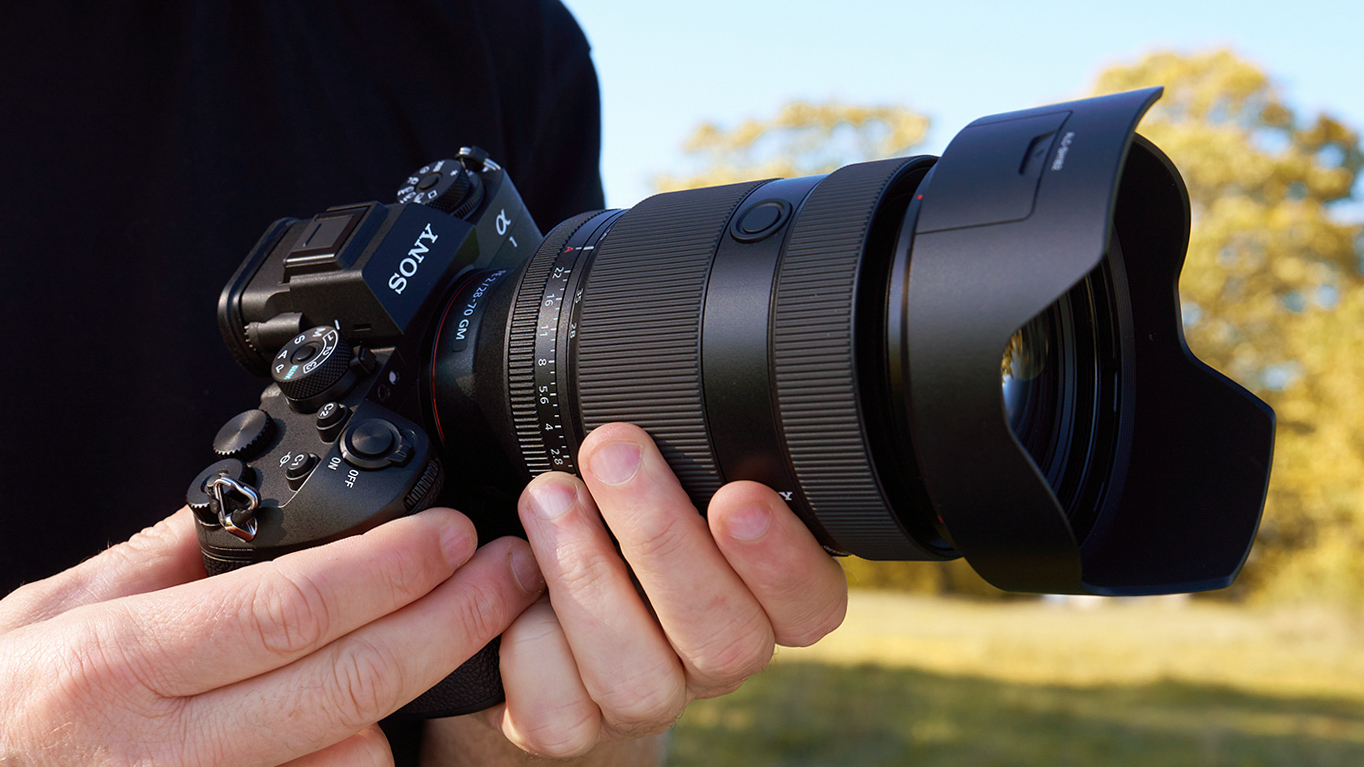
As early as January 2024, we were speculating that a new Sony FX3 II might replace the aging Sony A7S line. That didn’t happen, but plenty of other things did. Like the Sony ZV-E10 II and the A1 II…
There were camera launches to follow, but early on Sony released the rather refreshing FE 24-50mm f/2.8G, a constant aperture zoom that looks like it was actually designed to the same scale as Sony Alpha bodies. There was also a new FE 16-25mm f/2.8 designed along the same lines. Sony sacrificed focal range, but look what we got in return – constant-aperture zooms we can actually afford (and lift)! Will these ever rank amongst the best Sony lenses? Perhaps not, but they are maybe amongst the most useful.
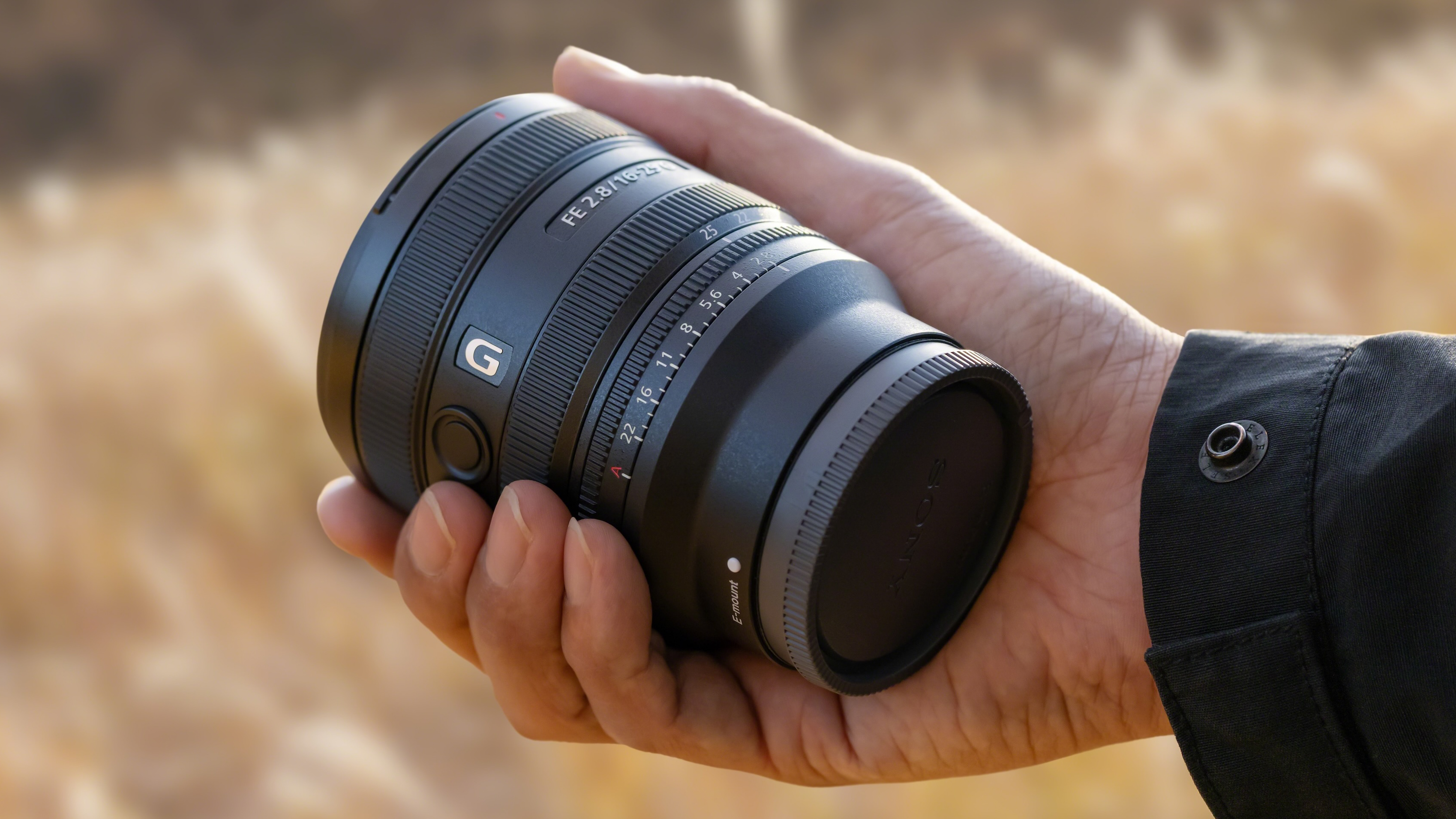
So did this mark a change in Sony’s lens making philosophy? Er, no, because in November we got the FE 28-70 f/2 GM, but if that makes you think of Canon’s monster lens, you can relax – to its credit, Sony has made the new lens hardly any larger than the existing FE 24-70mm f/2.8 GM II.
Elsewhere we saw a familiar trend, the refreshing and relaunching of old favorites. This time, it was the turn of the Sony FE 85mm f/1.4 GM II, an even better version of Sony’s already great portrait prime.
Sony also set about revitalising its APS-C range with a new ZV-E10 II, which at last replaced the old 24MP sensor that’s been a mainstay of the A6000 range for years with the newer 26MP chip first seen in the Sony FX30 and A6700. Still no IBIS for Sony’s affordable vlogging camera, though. Even without IBIS, the ZV-E10 II does still deserve to be considered one of the best cameras for vlogging.
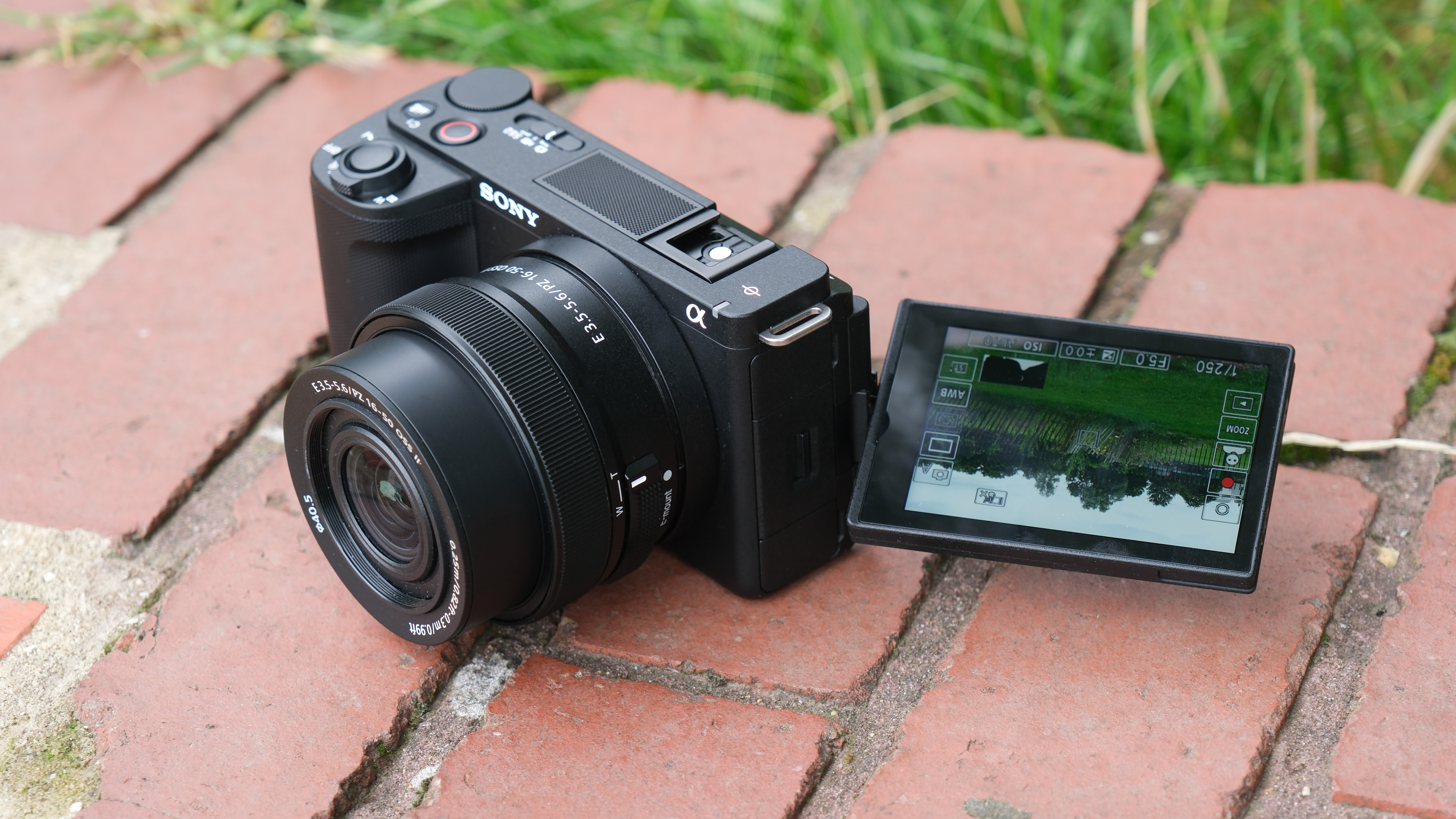
We found out in August that camcorders (remember those?) are not actually dead, as Sony launched the closely related Sony HXR-NX800 and Sony PXW-Z200, though these are priced for professional filmmakers, not weekend hobbyists.
The big news, though, was the arrival of the mighty Sony A1 II. This followed on from the mighty original and, after the dust had settled, it did look a relatively modest update. Oh well. In terms of power, it's clearly one of the best Sony cameras, but the price puts a dampener on everything. So what can we expect to see from Sony in 2025? Let’s see…
The likely
We’ve seen a lot of launches, updates and refreshes recently across the Sony line, except one. Sony’s bread-and-butter do-it-all Sony A7 IV was launched way back in 2021, and while it does have a 33MP sensor unique in its class, it also has some shortcomings. Its 10fps continuous shooting speed seems adequate but not inspiring, and while it can shoot 4K 60p, it’s with a Super35 crop, which doesn’t look good against cameras like the EOS R6 II (or even the vastly cheaper EOS R8).
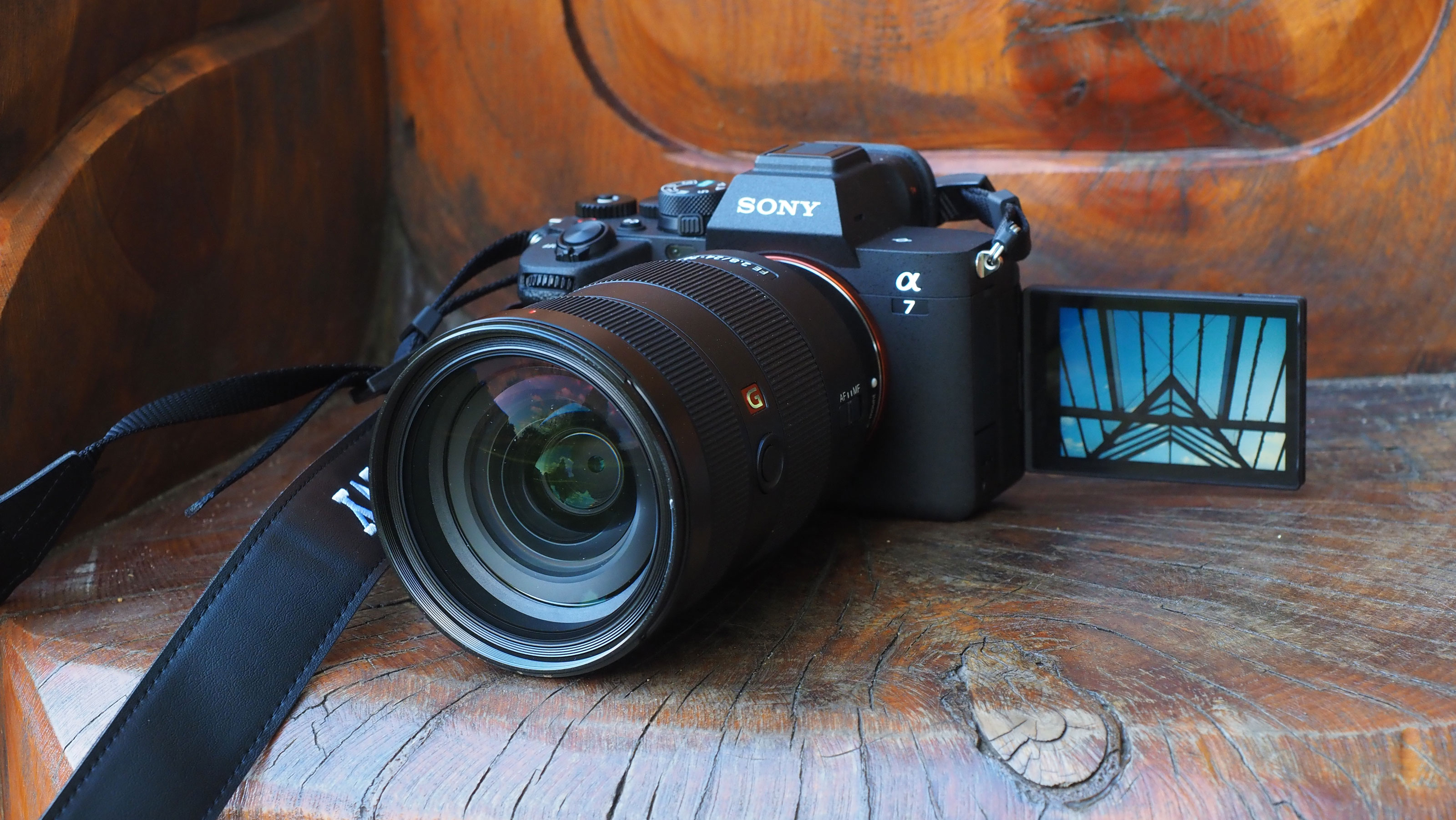
If Sony does replace the A7 IV, we can be absolutely certain that it will feature a dedicated AI processor and Sony’s latest AF tech, and while the 33MP resolution of the original is just fine, it would be great to get faster readout speeds and an overall bump in performance. The A7 IV used the first iteration of the Sony 33MP sensor, so there’s got to be plenty of mileage left in it yet.
We might also see something new in the Sony A6000 line-up. Yes, really! For everyone who thinks that Sony has already used up all its product numbers, we have to tell you there is still one gap… for a Sony A6200.
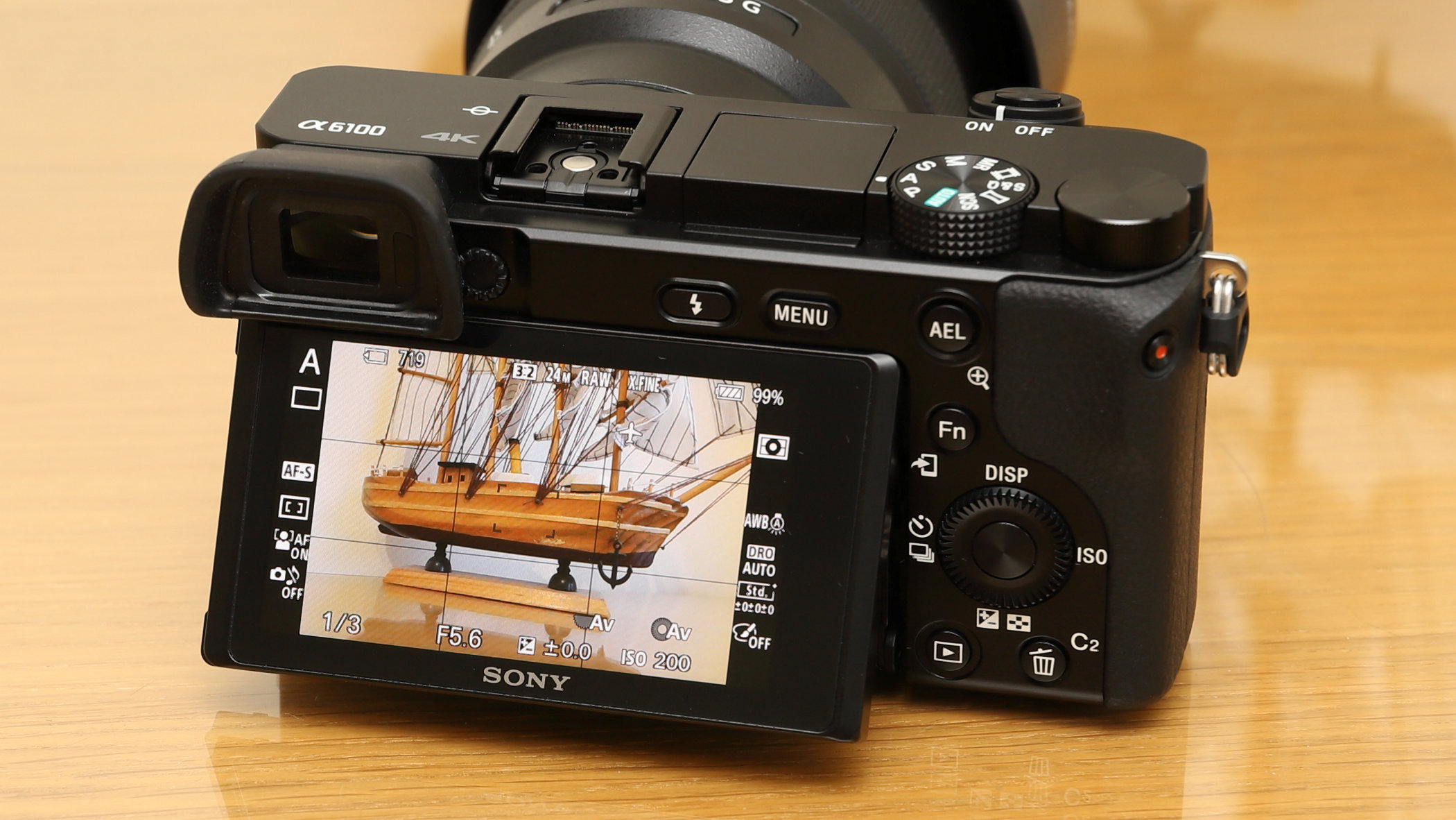
This would make a lot of sense for Sony (and the rest of us). It would produce an affordable entry level camera with Sony’s modern 26MP APS-C sensor and perhaps draw a line under all the A6100, A6400, A6600 and other models still lurking at the back of the retailers' shelves. These were great cameras in their day, but they are starting to seem like ancient history.
The possible
There is a (white?) elephant in the room. The powerful, effective and much-loved Sony A7S III and its cousins (the FX3, ZV-E1) has a sensor which has just about enough resolution for 4K video but is pretty unattractive for stills photographers. Can it even be considered a hybrid camera when surely only a few photographers would accept 12MP stills from a full frame camera? So, not one of the best hybrid cameras today, that's for sure.

So this has fed talk of possible replacements, including the idea that there might be a Sony FX3 II with a higher-resolution sensor, probably 24MP, that has the processing power to match the A7S III’s 4K 120p capture. Given Sony’s technological track record, that doesn’t seem unreasonable at all. And if Sony could pull this off, and it wanted to stay committed to the A7S line-up, then maybe we might even get a 24MP Sony A7S IV. This is all hypothesis and guesswork at this stage, of course.
Elsewhere, it’s hard to see where else Sony can go with its various sub-ranges. The 61MP Sony A7R V is already at the top of its game and there’s no sign of an even higher resolution sensor on its way. The Sony A9 III is still new and unlikely to be surpassed any time soon, and we’ve already talked about the Sony A7 IV – where else is there for Sony to go in 2025?
The unlikely
Panasonic pulled off a shrewd move in 2024 by relaunching some fixed lens compacts into a market that clearly wants these things more than the camera makers thought. Will Sony do the same?
We’re not talking here about the RX10 IV and the RX100 line, which are semi-serious products currently living a kind of half-life where it looks like the end, but they’re still on sale. We’re talking about those cheaper point-and-shoots that we keep being told have been killed by smartphones.

So if you could resurrect some Sony Cyber-Shots, what would they be?
Possible (please) lenses
We like what we’ve been seeing from Sony’s lens launches, which have included a whole lot of sensibly sized and affordable optics that will be more tempting to the average user than the top-end G Master lenses.
Annoyingly, though, Sony does not publish a lens roadmap, so all we’ve got to go on for 2025 is rumor and some educated guesswork – and a bunch of things we would actually LIKE to see.
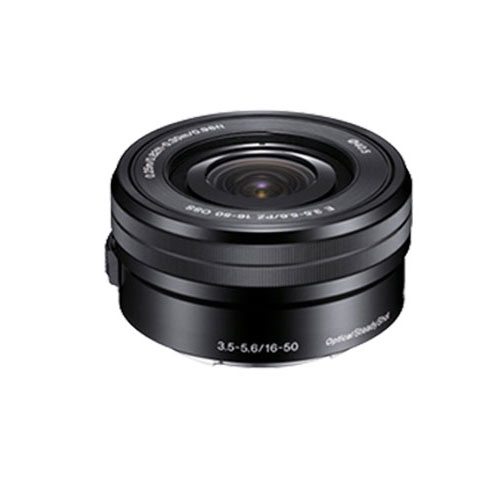
First, please, please, please can we have an upgrade to the APS-C Sony 16-50mm power zoom kit lens. This is a cheap lens, and it never lets you forget it. Even beginners and newbie vloggers deserve better than this. The electrical power zoom we can tolerate, the optical quality, no. So that’s first on our list, a new Sony E 16-50mm f/3.5-5.6 II. Otherwise, Sony’s APS-C cameras are pretty well served with lenses, so let’s move on to the full frame lenses.

First, it would be nice to see Sony’s compact prime lens range fill out a bit at the wide-angle end of the range. Canon has a ridiculously cheap but rather good RF 16mm f/2.8 and it would be great to see something similar from Sony.
The other interesting notion is a third compact constant-aperture zoom to join the 16-25mm and 24-50mm. How about a 50-100mm f/2.8? Come on, Sony, that would be great, wouldn’t it?

Otherwise, what we can probably look forward to is Sony steadily completing its G Master version II upgrades, though we wouldn’t be surprised to see one or two more exotic curve balls thrown in too.
So what CAN we expect to see from Sony in 2025?
We’ve seen so much from Sony in 2024 that it’s hard to think of many areas of the Sony range that can still be developed. The Sony A1 II seems to have covered the top-end flagship spot, the A9 III is a technical marvel that leaves little scope for improvement and the A7R V doesn’t seem to have anywhere else to go either – unless Sony has a new sensor we don’t know about.
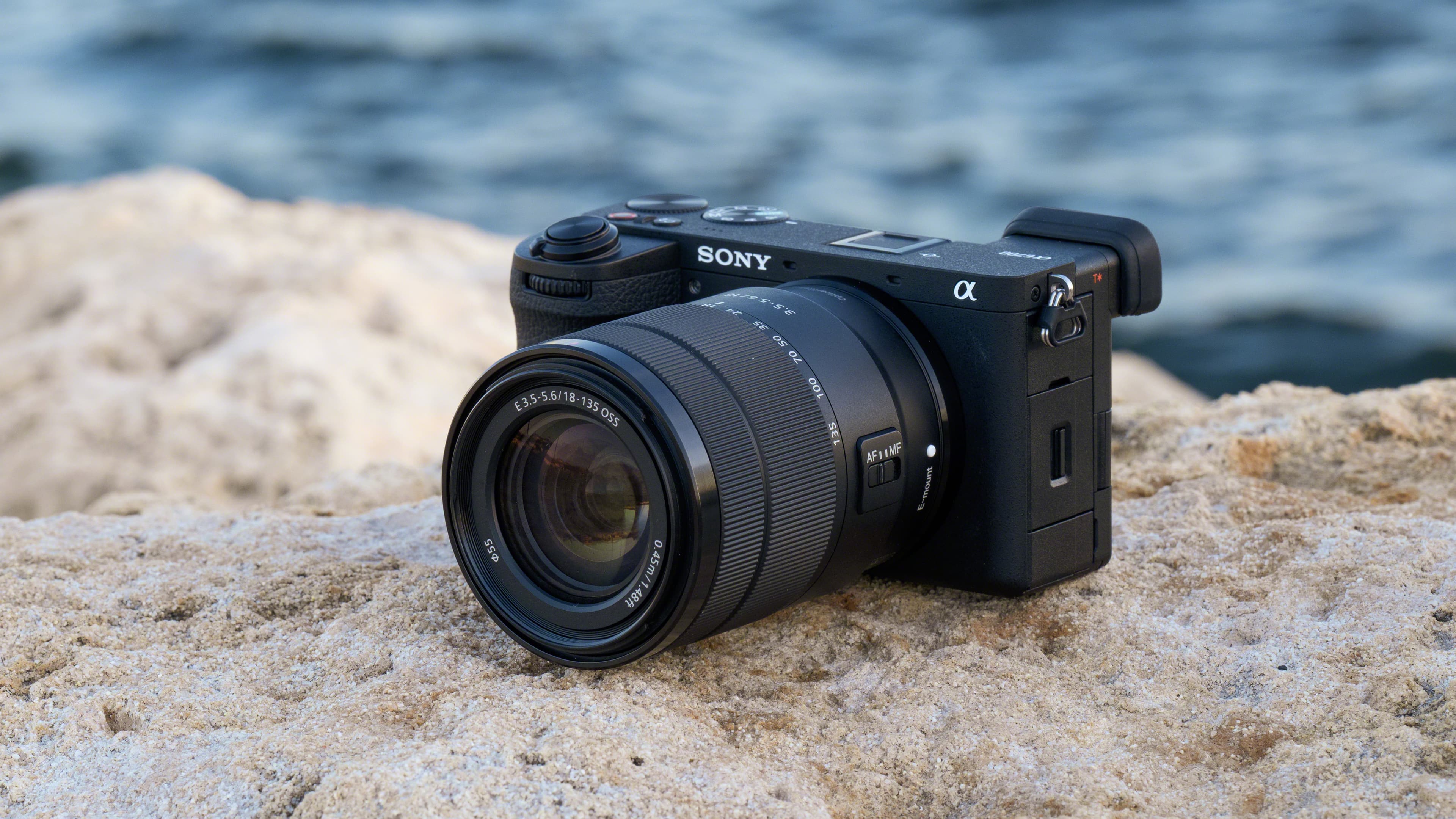
It’s further down the range that there’s more scope for new products. The Sony A7 IV is surely due an update, and if there is a new Sony A7 V we can expect it to be pretty groundbreaking. The 12MP sensor in the Sony A7S III (and FX3, ZV-E1, FX6) is surely nearing the end of its days, so this sector is well overdue for a new product launch.
And let’s not rule out a new Sony A6200! If it does happen, this could be the most significant new Sony of 2025 for most users. Sony’s 6000 line is well established and popular and Sony has all the tech and know-how it needs to do this.







